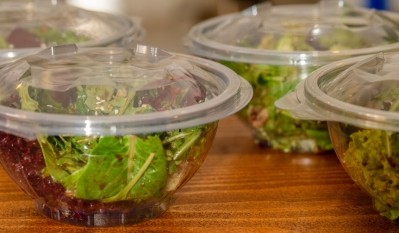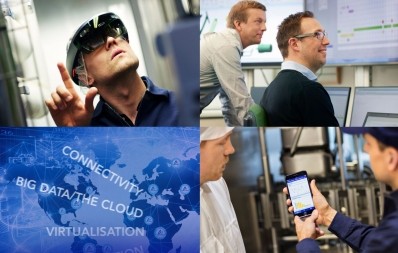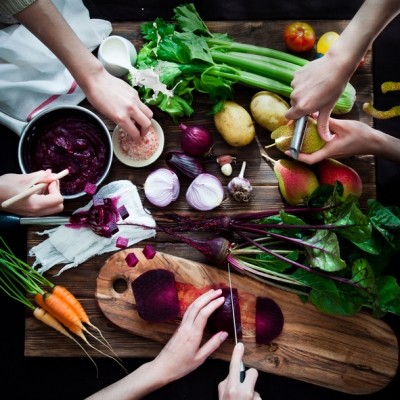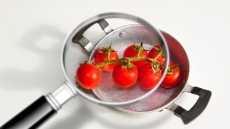What trends will shape grocery retail in 2018?
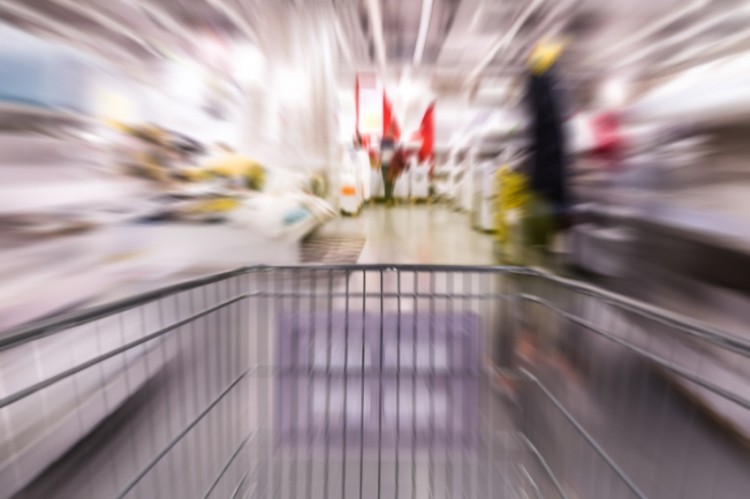
The past 12 months have witnessed some profound changes in the grocery retail environment. Consumers are increasingly in control over when they shop, what they buy and how they consume.
Understanding – and taking advantage of – the latest retail developments will be a core tenet of food manufacturers’ channel strategies in 2018.
Here are our predictions for the year ahead.
Going hyper-local
The phrase ‘think global, act local’ was first used in the context of environmental challenges. Its meaning has since expanded and, in a business context, it is frequently used to describe the way that global companies tailor products to specific markets.
Today, while consumers are globally-minded, an expectation for food products to be locally or regionally sourced is becoming more evident. For example, earlier this year UK supermarket giant Tesco signed up to the National Farmers’ Union’s fruit and veg pledge, which highlights the importance of treating suppliers fairly, reducing food waste and buying more British fruit and veg when it’s in season.
According to IGD senior trend analyst Toby Pickard, demand for hyper-local will result in retailers supporting a growing number of SMEs.
“To achieve a hyperlocal offering, retailers will need to support small and medium-sized producers. This will be positively perceived by shoppers, as it helps them sustain their community and allows them to feel special, to be part of something unique,” he predicted.
Pickard said the shift will mean ranges are more frequently rotated in order to reflect seasonal availability. This will add complexity to the supply chain that will require greater efficiencies, collaboration and communication.
Smart shopping
Home-based assistants like Amazon’s Alexa, Google Home or Apple’s Home App, could have a profound impact on grocery retail.
“There is an exciting new chapter dawning in which technology will help brands and retailers forge more personalised connections with shoppers,” Jenny Zegler, global food and drink analyst at Mintel, forecast.
Indeed, a fundamental shift in how we shop could be on the horizon. Already, consumers can top-up their pantries by asking Alexa to place an order for delivery via Amazon’s e-commerce marketplace.
According to Coca Cola’s president of North America, Sandy Douglas, this represents a strong opportunity for food and beverage makers. With more sales revenue moving online, the drinks giant has made digitalisation its “top priority”.
Ultimately, Douglas envisages a future where smart tech can be leveraged to facilitate a smoother shopper journey.
“E-commerce is transformative,” the executive said during a recent investor call. “You are shopping at 10 o’clock at night and what you are hopefully doing is refilling some at-home out of stocks. So, in that sense, it’s a tremendous opportunity for us to grow our business… The biggest problem we have within home consumption in our business is out of stocks. So, to the extent that we can get on a list and be a part of a shopping routine that delivers regularly, hopefully, we can capture that opportunity.”
Ahold Delhaize-owned Albert Heijn became the first retailer in the Netherlands to develop an app that allows consumers to formulate a shopping list through Siri, Apple’s personal assistant that operates through voice recognition.
Home delivery innovation
In a bid to resist the continued expansion of e-commerce giant Amazon in grocery, retailers are increasingly innovating how they deliver products to your door.
Albert Heijn is again delivering innovation in the field. The company is currently piloting a rapid delivery system, Rappie, in Rotterdam. Rappie orders can be placed via a specially developed app and deliveries will be made within two hours.
The group is also testing a delivery service in Amsterdam’s business district that offers delivery of some of the supermarket’s most popular food to go items within 15 minutes via bicycle courier.
IGD’s Pickard believes that delivery models will continue to evolve and, ultimately, he expects consumer data to allow retailers to provide automated deliveries.
“If shoppers continue to value innovations that offer convenience and time-saving solutions they will have less and less direct interaction with retailers and brands… Gathering more customer data and using it to achieve long-term shopper loyalty will be critical for retailers and brands going forward. This will likely take the form of artificial intelligence using customer information to predict and fulfill shopper demand via automated delivery.”
Physical stores still pack a punch
With online sales playing an important role in grocery shopping – particularly for staples – physical stores are likely to evolve their offer in order to lure shoppers in.
This could be reflected in the food stories supermarkets tell through their ranging and merchandising efforts. If consumers switch to buying staples online, this frees up shelf space for more ‘exciting’ products like fresh, exotic, prepared or artisan foods.
According to the Waitrose Food and Drink Report, 2017-18, the supermarket of the future is likely to incorporate different functions in order to attract shoppers.
The UK retailer suggests: “The future of supermarkets looks likely to be an experiential retail space – immersive hubs where shopping is only one of the activities on offer. After all, who’d have thought ten years ago there’d be supper clubs and wine bars in supermarkets?”
Sustainability spotlighted
Consumer awareness of what goes into the food and the impact that production has on the environment continues to rise.
Mistrust of ‘big food’ and the growth of ethical consumerism have placed food manufacturers and retailers under pressure to improve transparency. Clean labels have become the new normal, natural and ethical claims are striking a chord, while organic certification is viewed as the gold standard for food production.
Retailers will innovate to improve traceability in their supply chains and new technologies have the potential to deliver true farm-to-fork traceability. This will require the food sector to operate to the highest standards – but also provides a unique opportunity to communicate the value of food.
One of the clearest examples of this new wave of ethical consumerism can be seen in the seismic shift towards flexitarian diets. Products offering plant-proteins have been a chief beneficiary of this trend.
